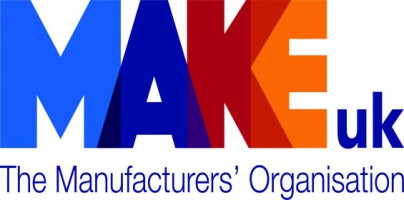Monthly comment by Make UK
Published: 24 August, 2023
Monthly comment by Stephen Phipson, Make UK: Every year Make UK publishes an analysis of official data which looks at the contribution of manufacturing to each English region and the devolved nations.
The analysis looks at metrics such as employment, sectoral composition, output and export destinations of each region’s goods. This year there were two striking factors. Firstly, in 2022 compared to 2021 the number of jobs in manufacturing has grown in six of eight English regions along with Wales and Northern Ireland. This is very unusual given employment levels have been stable, or in slight decline, for some time and counter the long-held narrative of inevitable decline in manufacturing employment. They also show, as is happening in the US, that growing manufacturing jobs and the sector’s share of the economy is a realistic prospect given a supportive policy framework.
Yorkshire & Humber saw the biggest growth in manufacturing jobs, adding 46,000 jobs in 2022 compared to 2021, bringing the total number to 316,000, more than one in ten (11%) of the region’s workforce.
The South West saw the second highest increase, closely followed by the East of England. The East and West Midlands, together with London and the South East, Wales and Northern Ireland also saw increases in the number of manufacturing jobs.
The report also highlights the importance of manufacturing and jobs to so-called ‘red wall’ areas where the sector occupies a substantially higher than average contribution to the regional economy. The average regional share of manufacturing nationally in the UK (2) is just under 10% (9.8%), whereas in Wales the sector accounts for almost a fifth of the economy (17.3%), whilst it is also substantially above the average as a share of the economy in the East Midlands (16.4%), Yorkshire & Humber (15.4%), North East (15%), West Midlands (14.4%) and the North West (14%).
The second striking factor was how most English regions and Wales are seeing a downward trend in their share of exports going to the EU, suggesting a possible shift in trade patterns. While the overall share of UK goods exports going to the EU increased in 2022 from 2021 (52% compared to 50%) this was largely boosted by substantial increases in the share of exports going to the EU from both Scotland Northern Ireland.
Without these increases it’s likely that the UK’s overall share would also have fallen significantly. There may be a number of factors at play to explain this shift but if the trend continues then there are implications for Government policies to support exporters with a shit in emphasis needed to support companies exploring markets outside the EU.
https://www.linkedin.com/company/makeuk/







